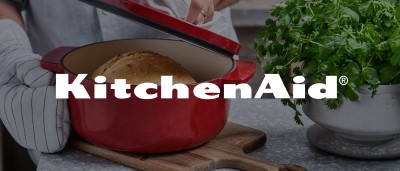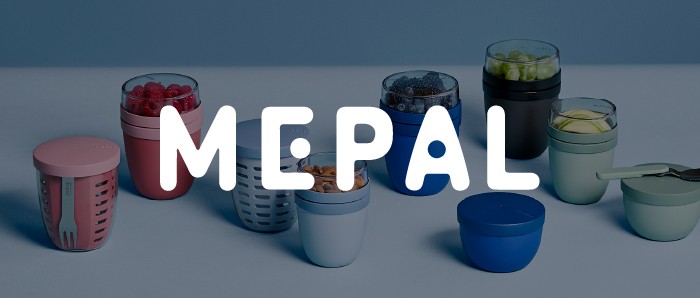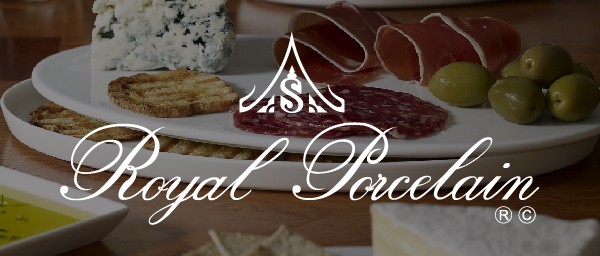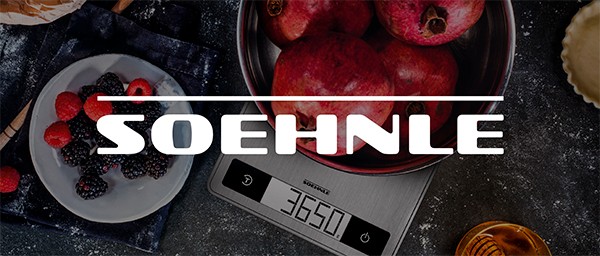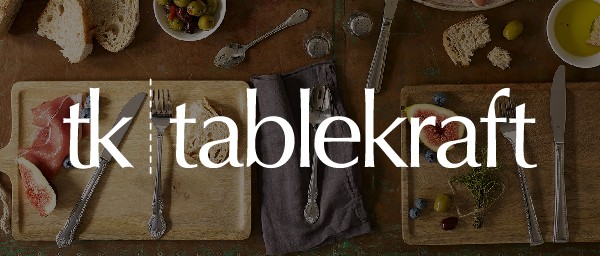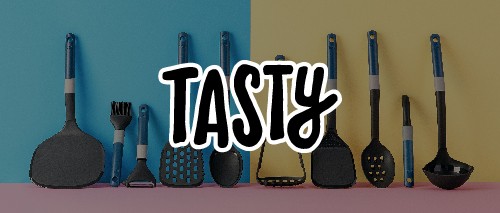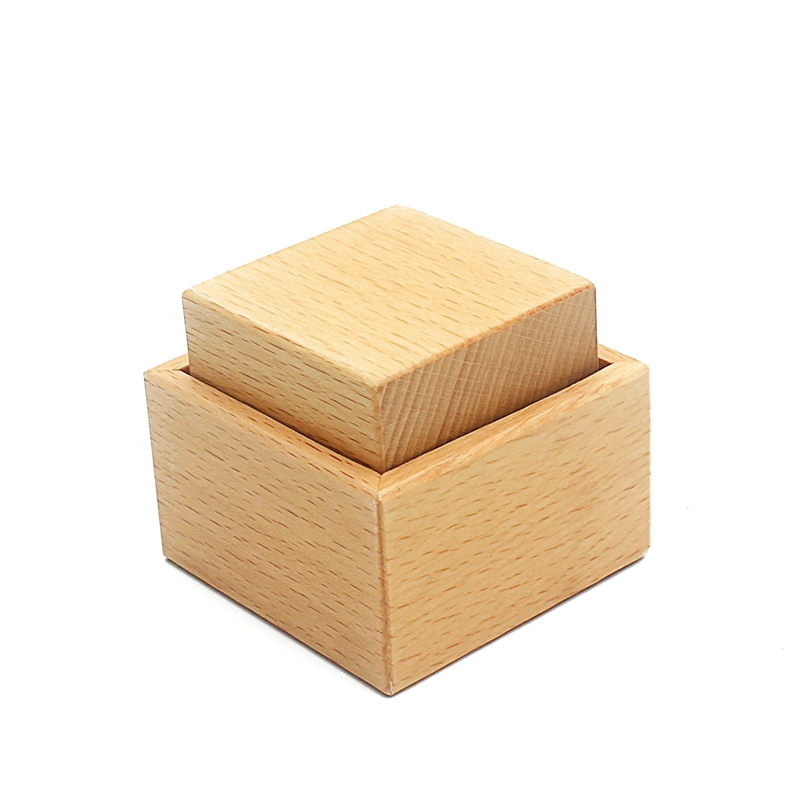
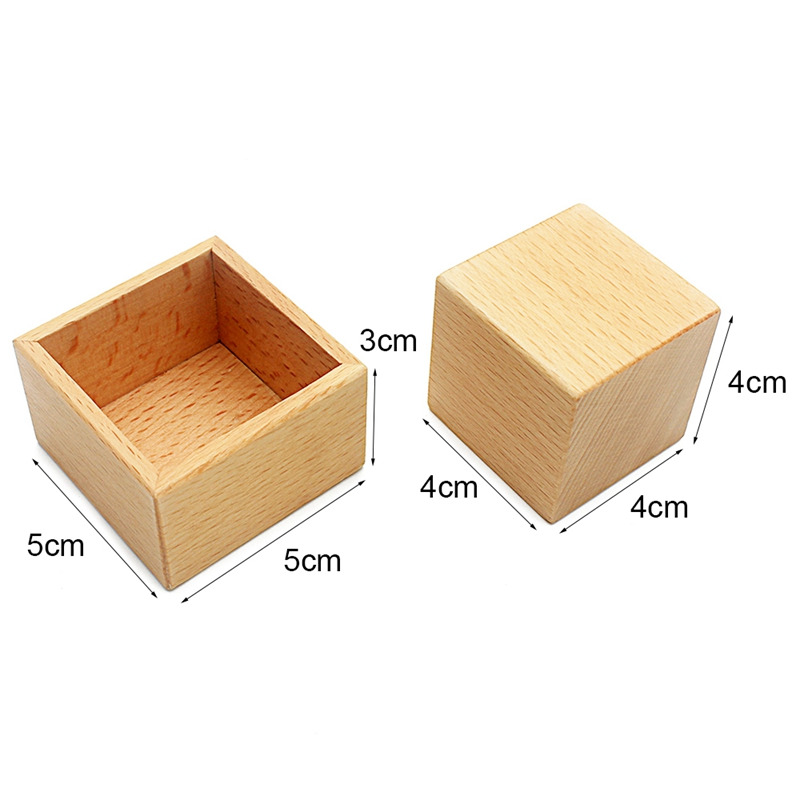
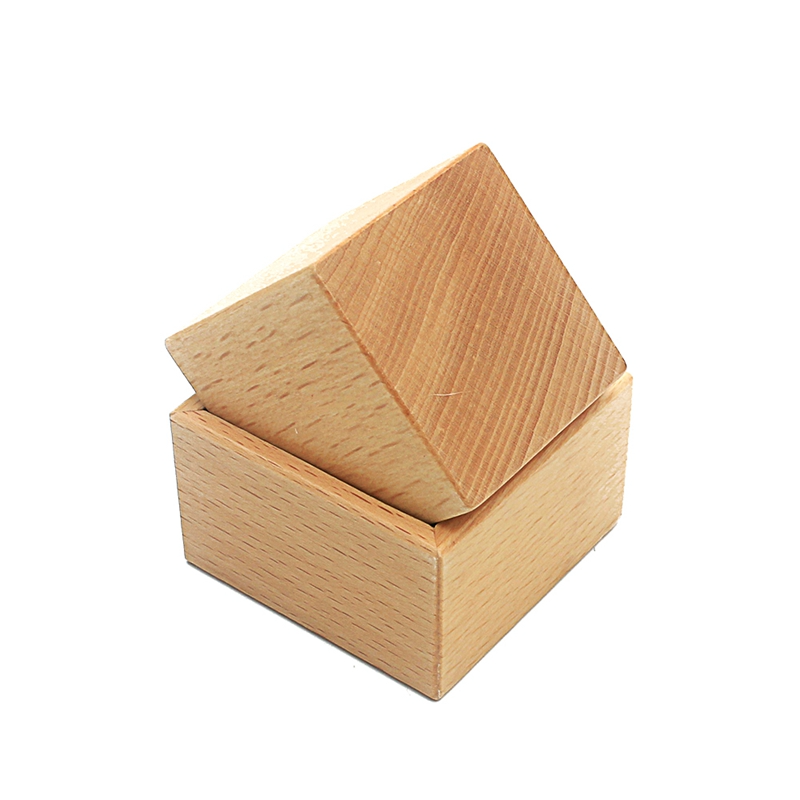
Practice grasping toys
Approx $23.99 USD
Introduction to Practice Grasping Toys
As babies and toddlers grow, one of the key milestones in their development is the improvement of their fine motor skills. Grasping toys are specially designed to help children practice the basic movements needed to grasp, hold, and manipulate objects. These toys are vital in helping little ones strengthen their hand muscles, develop coordination, and enhance sensory perception. They are an essential part of early childhood development, particularly during the first few years when babies begin to explore their surroundings through touch.
Practice grasping toys are made with safety, durability, and developmental benefits in mind. By providing opportunities for babies to practice their hand-eye coordination, these toys can help in the development of more advanced motor skills like holding utensils, drawing, and dressing themselves as they grow older.
Types of Practice Grasping Toys
1. Grasping Balls
Grasping balls are small, easy-to-hold toys that are perfect for babies who are just learning to grip objects. These balls are usually made from soft, lightweight materials, allowing babies to squeeze and hold them without difficulty. Some grasping balls come with textured surfaces, adding sensory stimulation to the experience.
- Features: Soft, lightweight, textured surfaces, easy for small hands to grip.
- Benefits: Helps strengthen hand muscles, improves coordination, and provides sensory feedback.
2. Linking Rings
Linking rings are colorful, interlocking rings that babies can grasp and manipulate. These rings help infants practice their hand-eye coordination as they work to connect or disconnect the rings. Linking rings also aid in improving the dexterity needed for more complex tasks as they grow.
- Features: Colorful, interlocking design, lightweight.
- Benefits: Encourages hand-eye coordination, improves grip strength, supports cognitive development.
3. Teething Grasping Toys
Teething toys are specially designed for babies who are teething but still want to practice grasping and holding objects. These toys are made from soft, chewable materials that provide relief for sore gums, while also encouraging babies to grip and hold onto something.
- Features: Soft, chewable, safe for teething, easy to hold.
- Benefits: Relieves teething pain, supports grasping skills, safe for babies.
4. Sensory Balls
Sensory balls are designed to stimulate a baby's sense of touch and help with hand strength development. These balls often have a range of textures, sizes, and colors to keep babies engaged while they practice grasping and rolling.
- Features: Variety of textures, colors, and sizes, soft yet firm enough for little hands.
- Benefits: Engages the senses, promotes tactile exploration, improves grip strength.
5. Wooden Grasping Toys
Wooden grasping toys are durable and safe options that encourage babies to practice holding and manipulating. Often shaped like animals, geometric figures, or simple shapes, these toys are designed to be easy to grab and hold onto, while also being environmentally friendly and non-toxic.
- Features: Non-toxic paint, smooth edges, solid wooden design.
- Benefits: Safe, durable, improves hand-eye coordination, environmentally friendly.
6. Soft Cloth Grasping Toys
Soft cloth grasping toys are made of fabric, often featuring different textures, patterns, and colors to stimulate babies’ sense of touch. These toys are easy for babies to grasp and manipulate, and some may even have crinkly sounds or rattles to engage babies further.
- Features: Soft fabric, vibrant colors, crinkly sounds, lightweight.
- Benefits: Safe for infants, improves hand dexterity, promotes tactile stimulation.
7. Multi-Activity Grasping Toys
These toys combine multiple developmental activities into one, offering babies a chance to practice a range of skills. Some may have small moving parts, mirrors, or spinning elements, encouraging babies to engage with the toy in various ways, which helps in improving their hand coordination and cognitive abilities.
- Features: Multiple interactive features (spinners, mirrors, rattles, etc.).
- Benefits: Enhances fine motor skills, supports problem-solving, promotes sensory development.
8. Shape Sorters and Grasping Toys
Shape sorter toys can be a fun and educational way for babies to practice grasping, holding, and learning about shapes. These toys require babies to grasp different pieces and fit them into the correct slots, enhancing both their hand skills and their cognitive development.
- Features: Different shapes, brightly colored, durable material.
- Benefits: Encourages shape recognition, improves grip, promotes problem-solving.
Benefits of Practice Grasping Toys
1. Develop Fine Motor Skills
Grasping toys are crucial for developing fine motor skills, as they require babies to use their hands and fingers to hold, squeeze, and manipulate the toys. These actions help strengthen the muscles necessary for more complex tasks later on, such as writing, eating, and dressing.
- Key Benefit: Strengthens hand and finger muscles, improving overall dexterity.
2. Improve Hand-Eye Coordination
Grasping toys help babies practice hand-eye coordination by encouraging them to reach for, hold, and manipulate objects. The more babies engage in these activities, the better they become at coordinating their hand movements with what they see, which is essential for future motor tasks.
- Key Benefit: Improves coordination between eyes and hands, enhancing motor skills.
3. Support Cognitive Development
Grasping toys promote cognitive development by encouraging babies to explore and engage with objects in their environment. As babies experiment with different shapes, textures, and sounds, they develop an understanding of the world around them and how things work.
- Key Benefit: Stimulates cognitive growth and problem-solving skills.
4. Enhance Sensory Skills
Many grasping toys are designed to stimulate a baby’s sense of touch, sight, and even sound. The varied textures, colors, and movements of these toys provide babies with rich sensory experiences that are essential for their overall development.
- Key Benefit: Enhances sensory exploration and engagement, improving cognitive and physical development.
5. Encourage Self-Discovery and Independence
As babies learn to grasp and manipulate objects, they gain a sense of accomplishment and independence. This boosts their confidence and helps them develop a sense of control over their own actions.
- Key Benefit: Promotes self-discovery, independence, and confidence-building.
Why Choose Practice Grasping Toys?
Practice grasping toys are essential for early childhood development, offering multiple benefits that support babies' growth in motor skills, cognitive abilities, and sensory awareness. They are safe, engaging, and designed to encourage babies to explore their world in a fun and interactive way. These toys also provide an excellent way for parents to bond with their babies while supporting their developmental milestones.
Whether you are looking for a soft teething toy or a more interactive grasping set, practice grasping toys are a versatile and valuable addition to any child’s playtime. Invest in these toys to ensure your child develops the skills needed for success as they grow.
Conclusion
Practice grasping toys are a fantastic way to support the developmental milestones of babies and toddlers. By encouraging them to hold, manipulate, and explore objects, these toys help babies improve fine motor skills, hand-eye coordination, and cognitive development. Whether through soft squishy toys, wooden blocks, or sensory balls, these toys provide a fun and effective way for babies to grow and learn.
Product name: cube and box
Product material: wood
Age-appropriate range: 0-3 years old




The product may be provided by a different brand of comparable quality.
The actual product may vary slightly from the image shown.

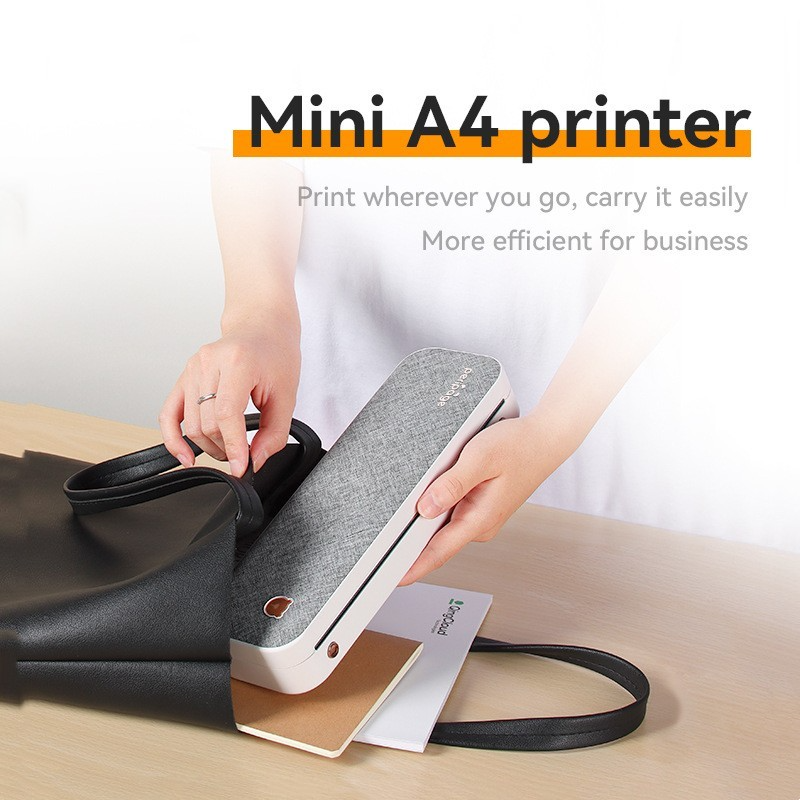

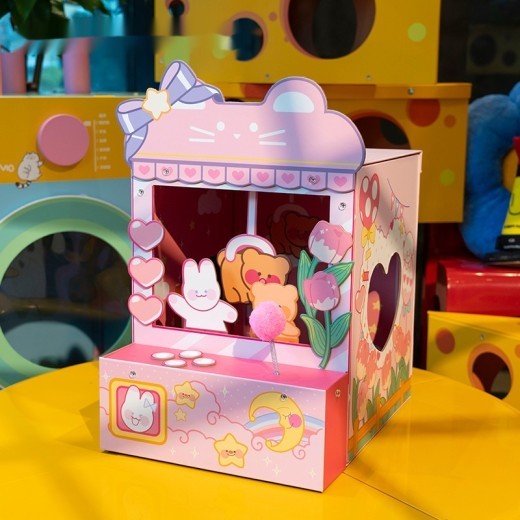
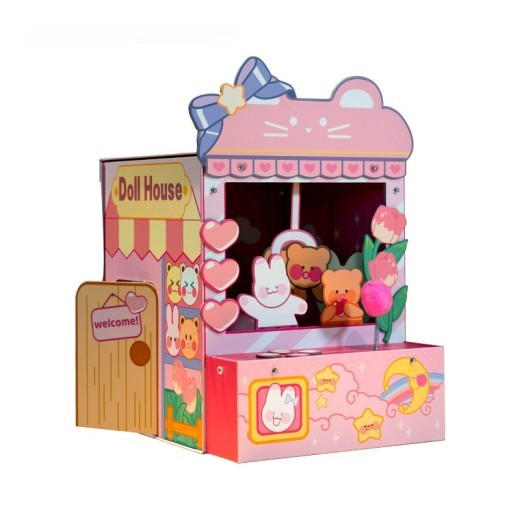
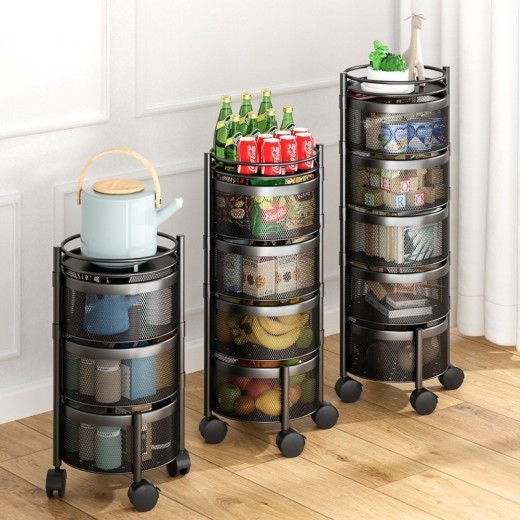
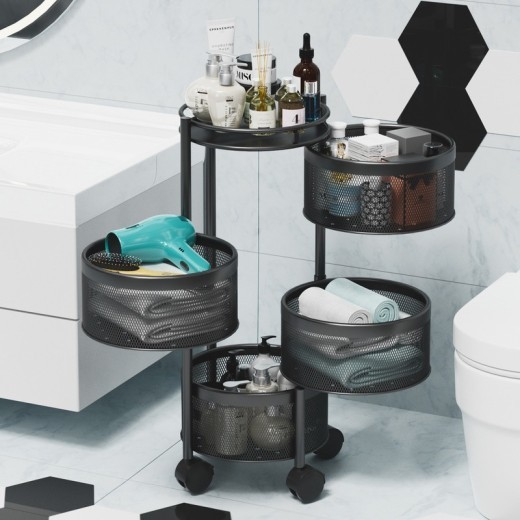
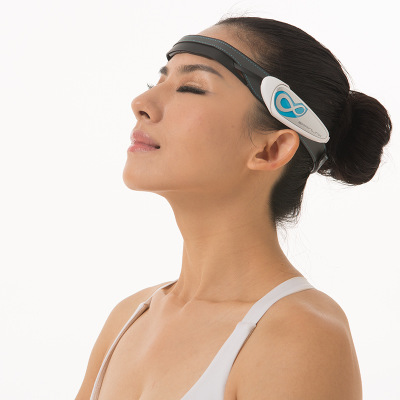
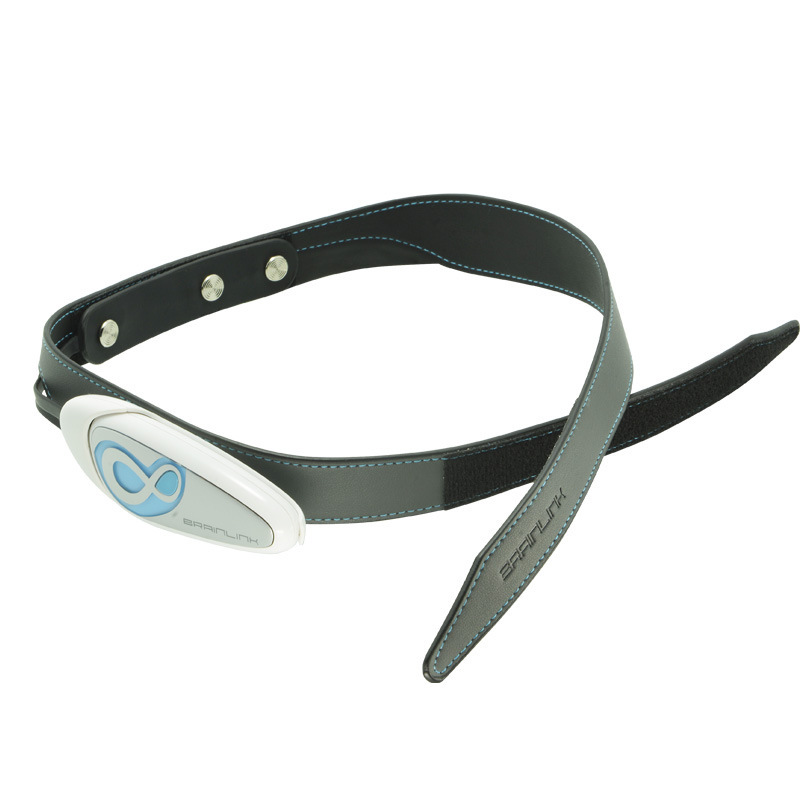



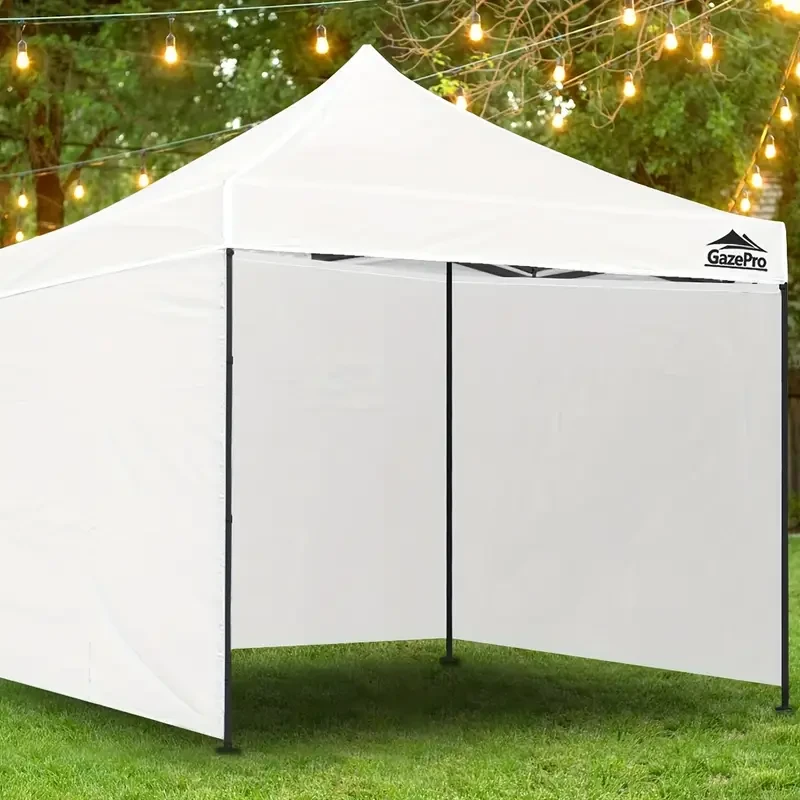
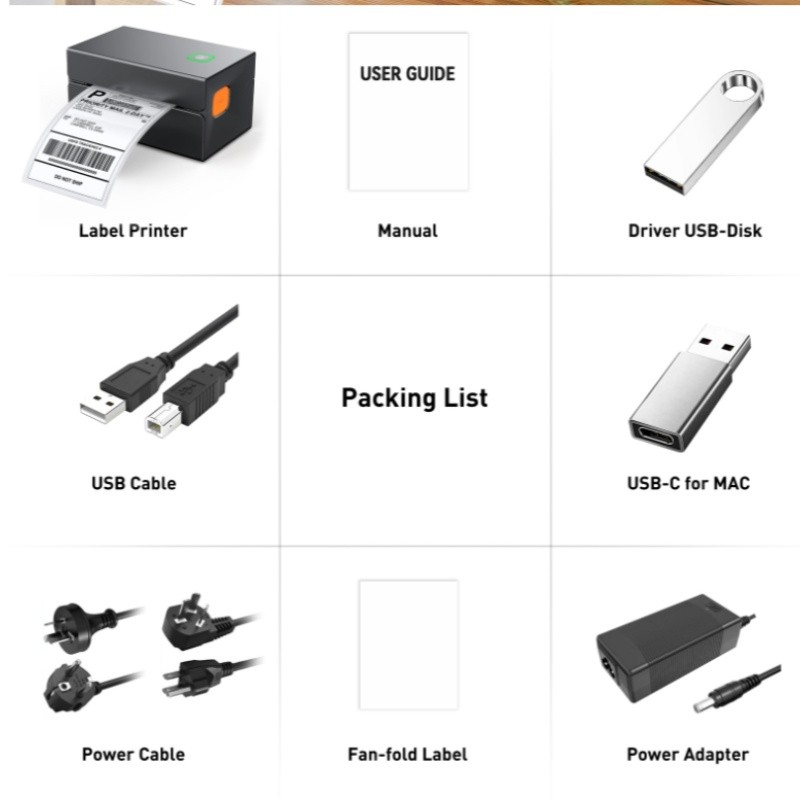
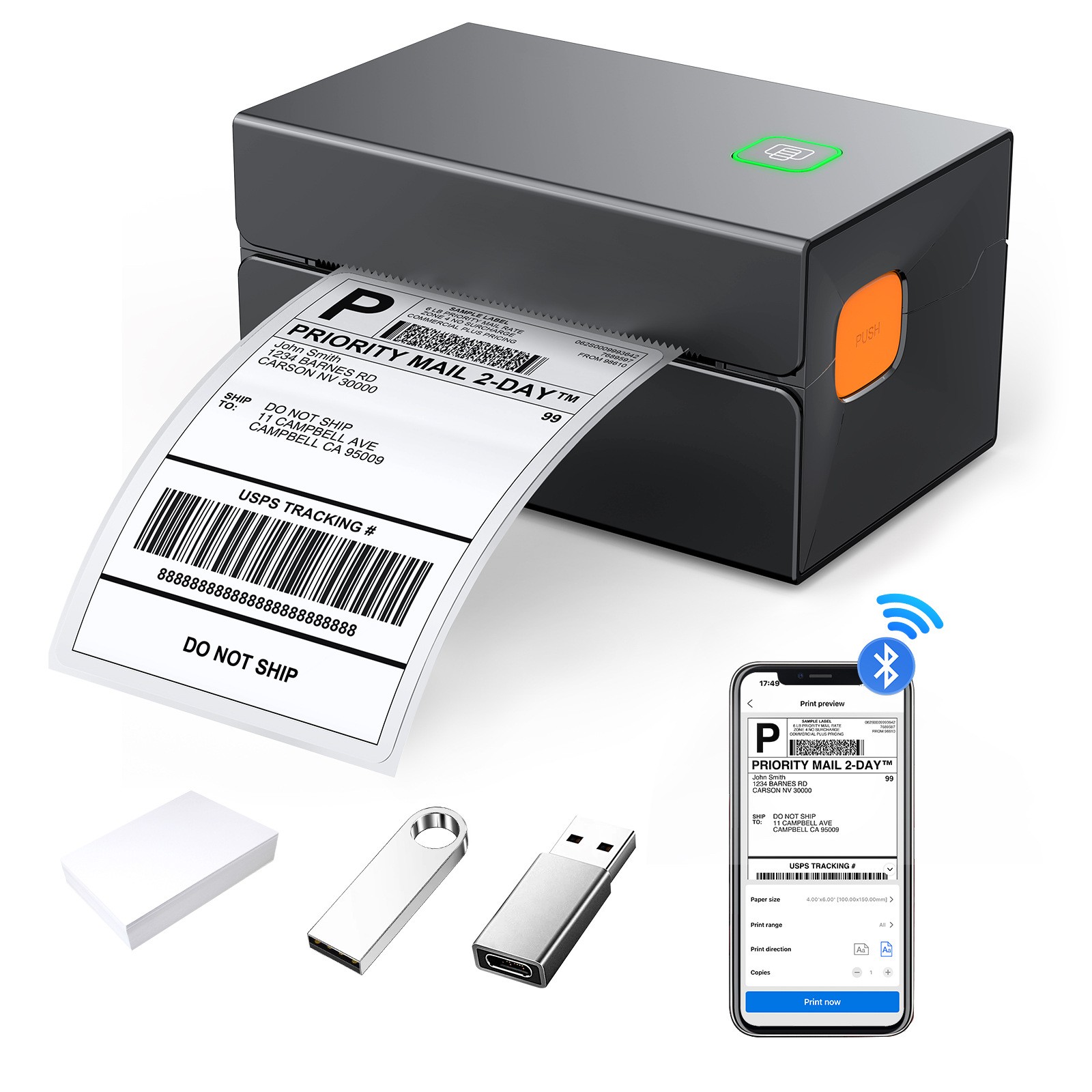
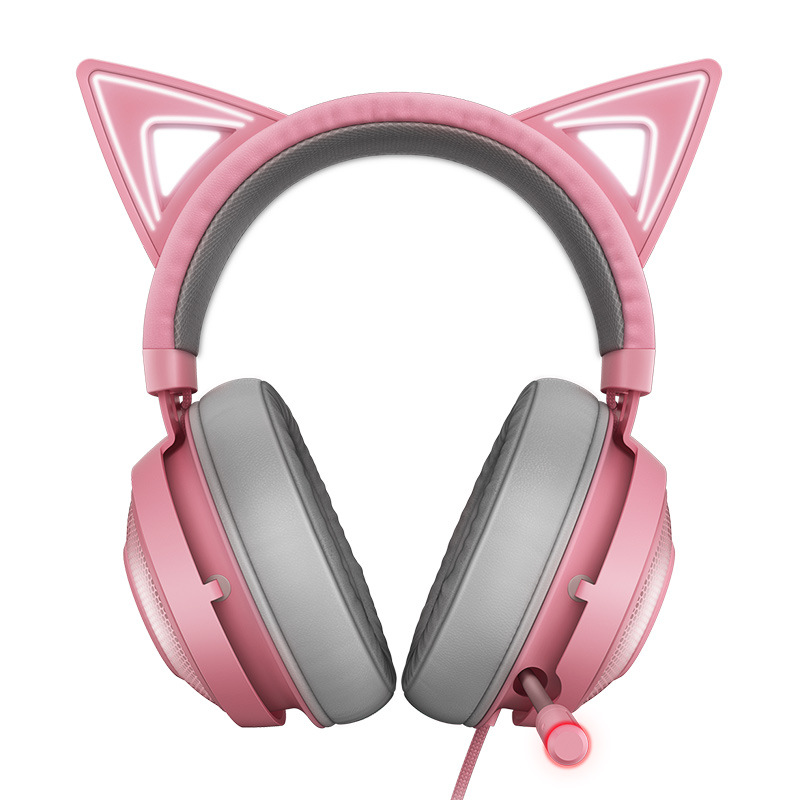



.jpg)









.jpg)





.jpeg)





.jpeg)



.jpeg)








.jpeg)



.jpeg)

.jpeg)

.jpeg)

.jpeg)




.jpeg)
.jpg)

.jpeg)






.jpeg)
.jpeg)




.jpeg)





.jpeg)


.jpeg)

.jpeg)

.jpeg)

.jpeg)







.jpeg)
.jpeg)
.jpeg)





.jpeg)



.jpeg)




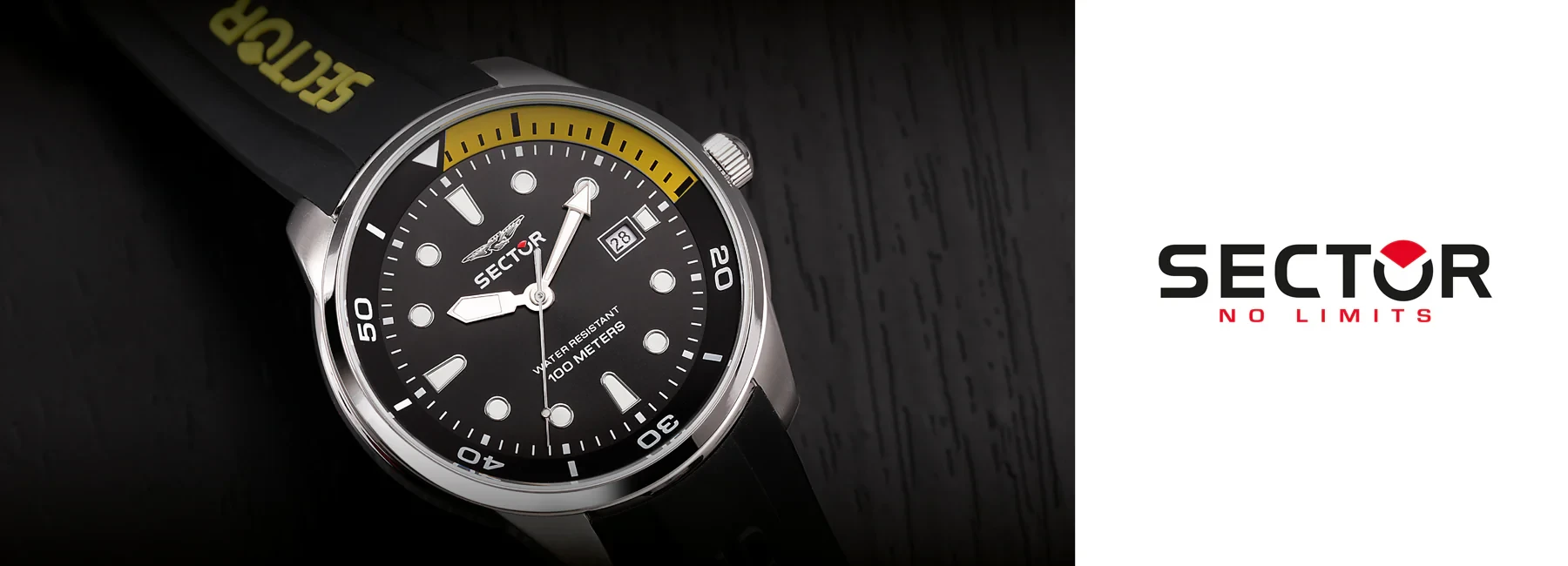

.jpg)
.jpeg)









.jpg)


ulva-Logo.jpg)




.jpeg)



.png)



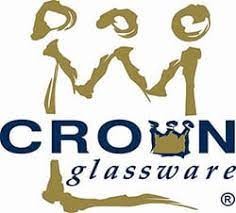



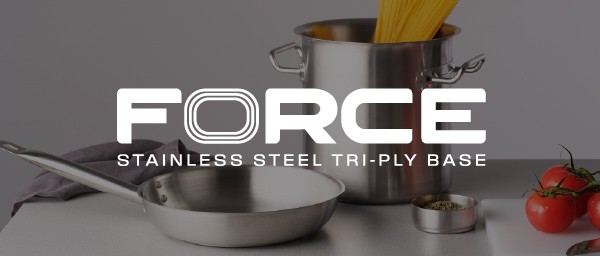
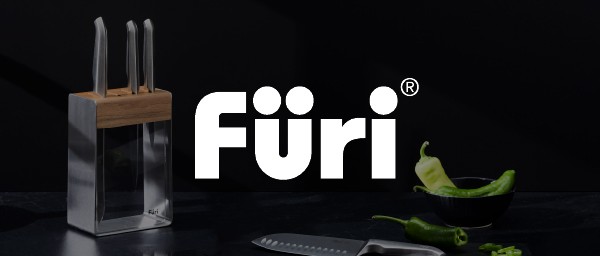



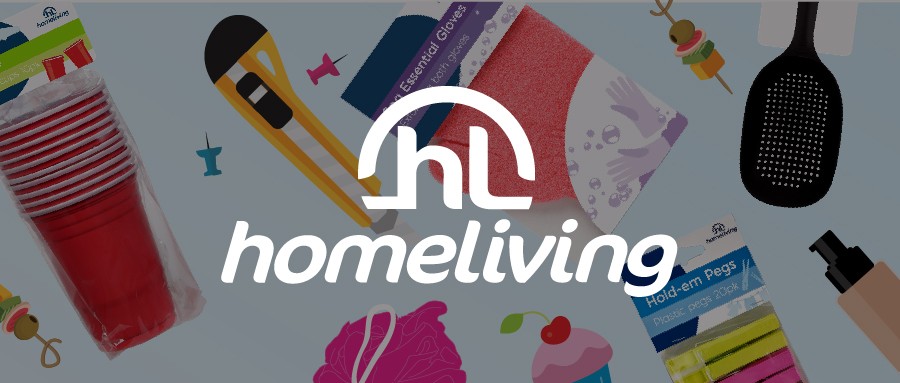


.png)


